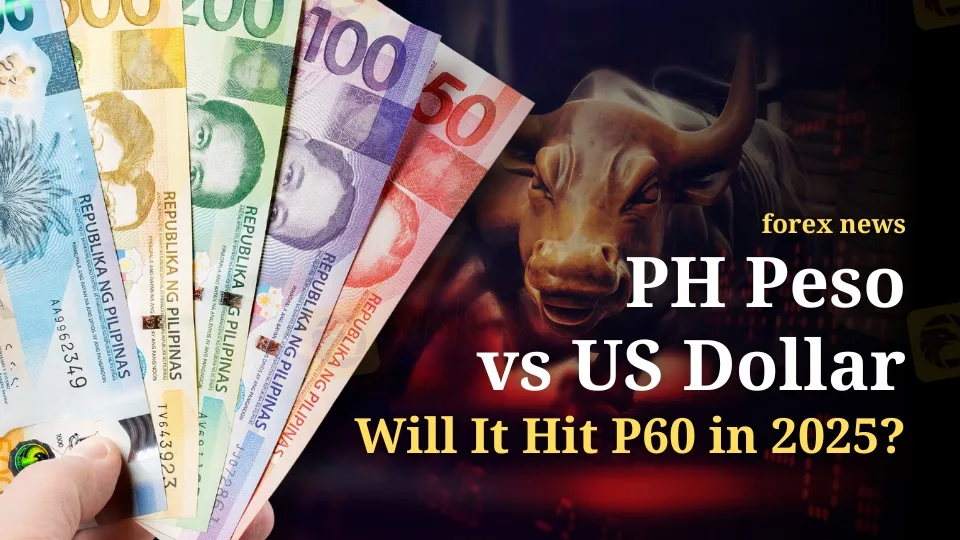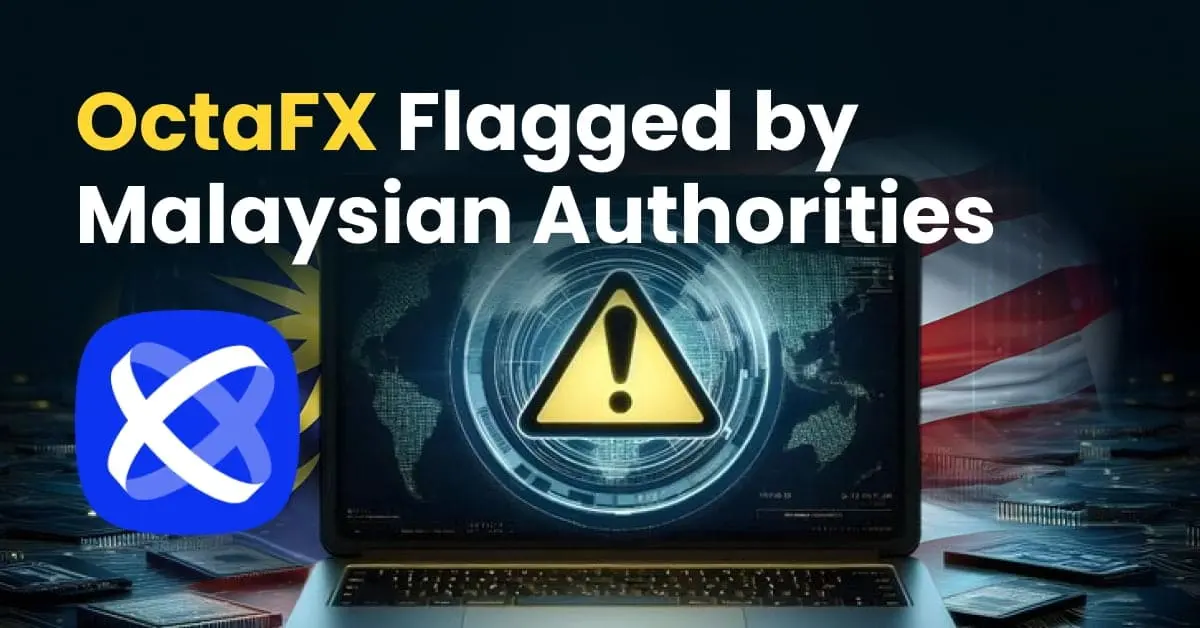简体中文
繁體中文
English
Pусский
日本語
ภาษาไทย
Tiếng Việt
Bahasa Indonesia
Español
हिन्दी
Filippiiniläinen
Français
Deutsch
Português
Türkçe
한국어
العربية
PH Peso vs US Dollar: Will It Hit P60 in 2025?
Abstract:Philippine peso forecast 2025: Will it hit P60 vs US dollar? Key factors include Fed rate cuts, BSP policies, trade deficit, elections, and global trends.

Will the Peso Hit P60? Key Insights for 2025
Could the Philippine peso really hit P60 against the US dollar in 2025? It‘s a question that’s got everyone from economists to ordinary Filipinos talking. And honestly, the answer depends on a tangled web of global trends and local developments.
“The PHP breaching the P59 mark depends on several key factors,” says John Paolo R. Rivera, Senior Research Fellow at the Philippine Institute for Development Studies. He points to external pressures—like how strong the USD is—and domestic challenges such as the trade deficit. Its not as simple as watching exchange rates; there are layers to this.
To give you a snapshot, the peso closed at P58.20 per dollar at the start of the year. Thats a slight dip from its previous P57.91 finish, based on Bankers Association of the Philippines data. Not drastic, but enough to keep people on edge.
Analysts Share Predictions for Peso Volatility
The Development Budget Coordination Council (DBCC) hopes the peso will stabilize between P56 and P58 against the dollar in 2025. Nice thought, but analysts arent so sure.
“We expect the currency to range between P57.75 and P58.25 in the near term,” says Jonathan L. Ravelas, Senior Adviser at Reyes Tacandong & Co. Hes not sugar-coating things though. “The peso could weaken to P60,” he warns, pointing fingers at trade disruptions and protectionist policies.

If that‘s not concerning enough, Ravelas adds, “The forex rate could close at around P58.90 by the end of 2025.” Not quite the news you want to hear if you’re hoping for stability.
How Global Trends and Local Politics Shape the Peso
A strong US dollar under Donald Trump‘s presidency? Yep, it’s possible. “Fiscal policies from the previous administration may keep US Treasury yields high, attracting capital back to the US and weakening emerging-market currencies like the PHP,” Rivera explains.
But it‘s not just about the global stage. Here at home, the Philippine midterm elections in May could shake things up too. “Markets may anticipate shifts in economic policy or investor confidence depending on the candidates’ platforms,” Rivera adds. Translation? Brace yourselves for potential currency swings.
And let‘s not forget about other influences: global oil prices, remittances from overseas Filipino workers, and that pesky trade deficit. Rivera sums it up by saying that structural reforms and economic stability are the real game-changers. Without them, the peso’s struggles might just get worse.
Can the BSP Manage Peso Volatility?
Managing forex volatility is no walk in the park, but Enrico P. Villanueva, an economics lecturer at the University of the Philippines Los Baños, remains optimistic. “Significant fluctuations are unlikely unless triggered by local or geopolitical events,” he says. And even if things go sideways, Villanueva believes the BSPs active intervention can soften the blow.
Whats Next for the Peso in 2025?
So, whats next for the peso? Analysts think 2025 will be a rollercoaster year, with ongoing volatility driven by monetary policies and political shifts.
“If the Fed begins cutting interest rates by mid-2025, the US dollar could weaken, providing some relief for the peso. But it all boils down to the pace and timing of these cuts,” Rivera points out. No pressure, Fed. Traders are already pricing in 37 basis points of US rate cuts for 2025, but significant reductions aren‘t expected until May. Meanwhile, the BSP’s own rate decisions will play a big role in shaping the pesos journey. “Faster rate cuts without considering global trends could exacerbate peso weakness,” Rivera warns.
And let‘s not forget BSP Governor Eli Remolona’s cautious approach. “We‘re reducing rates in baby steps while keeping an eye on inflation risks,” he says. In other words, don’t expect any bold moves.
Peso Depreciation: Long-Term Issues to Tackle
Leonardo A. Lanzona, an economist at Ateneo de Manila University, says the peso‘s challenges run deeper than surface-level trends. “Continued reliance on imports has increased the value of foreign currency, raising forex rates and inflation expectations,” he explains. Not exactly uplifting, but it’s a reality check.
Rivera suggests the peso might hover between P57 and P59 in the first half of 2025. The second half? It all depends on global conditions easing and whether the Philippine economy shows some resilience.
Final Thoughts: What Lies Ahead for the Peso?
The Philippine pesos fate in 2025 is a delicate balancing act. Global monetary trends, political developments, and domestic reforms will all play a part in determining whether it stabilizes or struggles. While the chance of hitting P60 looms, decisive action by the BSP and government could offer some relief. For long-term stability, though, the Philippines needs more than just luck—it needs proactive strategies and bold reforms to build resilience and safeguard its currency.

Disclaimer:
The views in this article only represent the author's personal views, and do not constitute investment advice on this platform. This platform does not guarantee the accuracy, completeness and timeliness of the information in the article, and will not be liable for any loss caused by the use of or reliance on the information in the article.
Read more

OctaFX Flagged by Malaysian Authorities
OctaFX has been officially listed on warning lists by both Bank Negara Malaysia (BNM) and the Securities Commission Malaysia (SC). These alerts raise serious concerns about the broker’s status and whether it is legally allowed to operate in Malaysia.

TradingPRO: A Closer Look at Its Licences
In an industry where safety and transparency are essential, the regulatory status of online brokers has never been more important. For traders seeking to protect their capital, ensuring that a platform operates under recognised and stringent oversight can make all the difference. Keep reading to learn more about TradingPRO and its licenses.

Oil Price Breakout Incoming? Investors Should Stay Alert
Oil prices are hovering around a critical level, with potential yet to be fully unleashed. Investors must prepare for sudden changes.

New SEBI Regulations on Intraday Trading
The Securities and Exchange Board of India (SEBI) has implemented revised regulations on Intraday trading, with effect from November 20, 2024. These regulations are meant to lessen risks and prevent speculative trading practices.
WikiFX Broker
Latest News
How much money will you earn by investing in Vantage Broker?
IronFX vs Exness Review 2025: Comprehensive Broker Comparison
Fraudsters Are Targeting Interactive Brokers' Users with Lookalike Emails
Everything you need to know about ADSS
SkyLine Guide 2025 Malaysia: 100 Esteemed Judges Successfully Assembled
Vantage Markets Review 2025: Trusted Forex and CFD Trading Since 2009
Top Tips to Choose the Best Forex Broker in 2025
SEBI Notifies New F&O Rules for Investors - New Derivative Trading Limits & More Amendments
Interactive Brokers: Global Office Visits and Licensing Details
U.S. Jobs Data Released: A Potential Boost for Gold Prices
Currency Calculator


